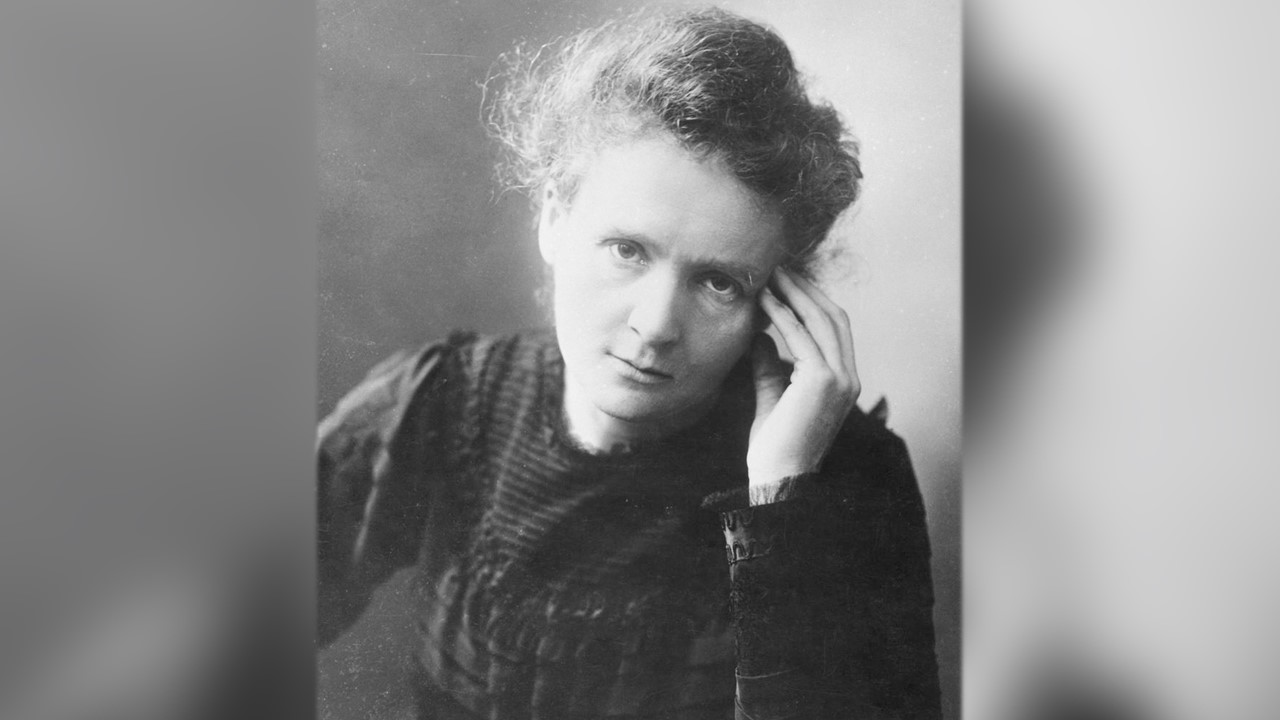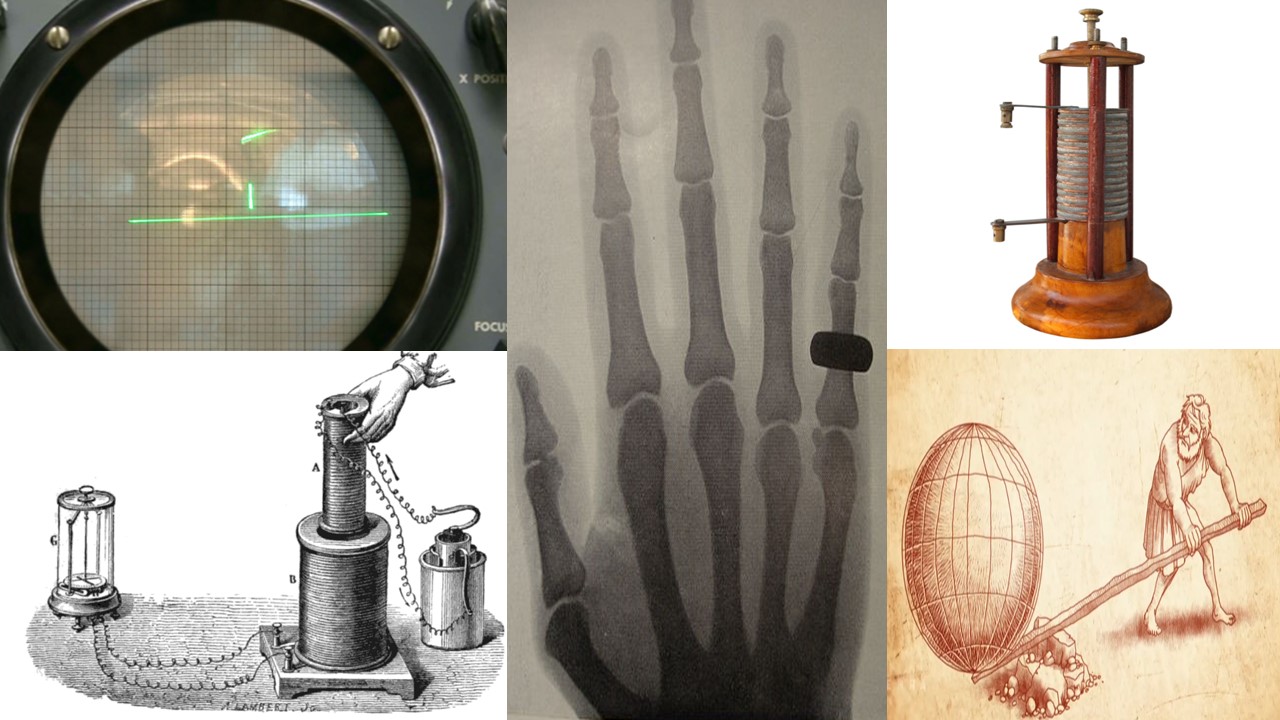
Eugene Wigner was a Hungarian American physicist who made important contributions to the physics of elementary particles. He was a Nobel laureate who was nicknamed "a silent genius" by his colleagues.
Advice for students
Wigner said: In science, it is not speed that is the most important. It is the dedication, the commitment, the interest and the will to know something and to understand it — these are the things that come first.
Early education
Eugene Wigner (1902-1995) was born to a middle class family and home schooled till the age of 9. During this time period, he developed an interest in mathematical problems.
Wigner started off by studying chemical engineering at the Technical University of Berlin. There he got the opportunity to attend seminars by leading German scientists: Max Planck, Werner Heisenberg and Albert Einstein. As a result, Wigner decided to pursue a career in physics.
Interesting fact
Eugene Wigner and Paul Dirac had become close friends in America. In 1934, at Princeton, Wigner introduced his sister Manci Wigner to Dirac, with whom she married.
Known for
Wigner was the first to identify several characteristics of the strong nuclear force, such as the fact that the force between two nucleons is the same, regardless of whether they are protons or neutrons. The strong force is charge independent.
Notable awards
Eugene Wigner won the Nobel Prize in physics in 1963. Earlier, he had won the Enrico Fermi award in 1958 for his work with nuclear reactors to convert Uranium into Plutonium.













 Physics, astronomy and science history blog for students
Physics, astronomy and science history blog for students